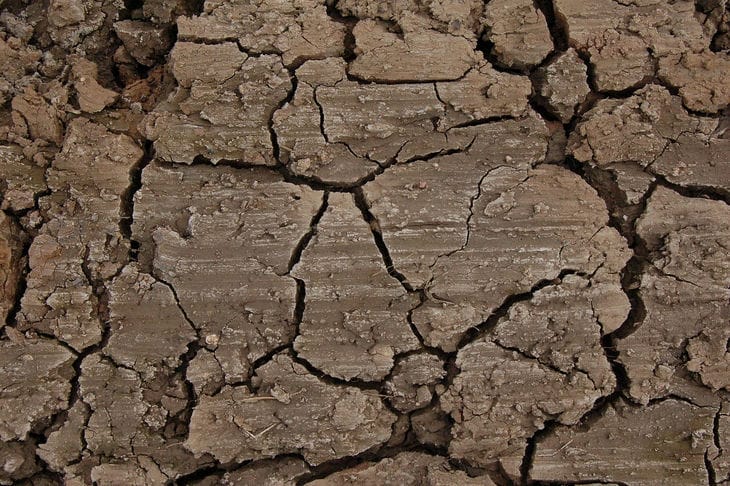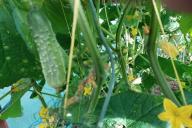In order to achieve a rich harvest, you need to pay due attention to transplanting seedlings into the ground.
This process includes site selection, soil preparation and some transplanting features.
Selecting a location
The first step is choosing the right place to transplant the seedlings, says Anastasia Kovrizhnykh .

Plants need enough sunlight to grow, so you should choose a location where the plants will receive 6-8 hours of sunlight per day.
However, it is also important to consider that the plants need protection from strong winds and drafts, which can damage their delicate leaves. Therefore, you should choose a place with good protection from winds and drafts.
Soil preparation
Soil preparation is an important step before transplanting seedlings into the ground. Before planting, the soil should be thoroughly worked to ensure that it has enough nutrients and moisture for plant growth.
First, you need to remove all weeds and other plants that may compete with your seedlings for nutrients.
Next, you should work the soil by adding some organic matter, such as humus or compost. This will help provide the soil with enough nutrients for plant growth.
Features of transplantation
Before transplanting seedlings, you should water the soil around the area where you will be planting the plants. This will help provide the plants with enough water to grow.
Then you should make a hole in the soil deep enough to install the plant. When replanting, you should pay attention to the fact that the roots of the plant remain intact and are not damaged during replanting.
Once the plant is in place, you should carefully fill the soil around the plant and then lightly press the soil into the nest shape to provide the plant with the support it needs.
After this, you should water the plant well to establish the roots in the soil and provide it with enough water.
You should also make sure that your plants are adequately protected from pests and diseases that could harm them. Regularly inspecting your plants for pests and diseases will help you identify problems early and prevent them from spreading.
It is also important to take into account the characteristics of a particular plant species when replanting and follow the instructions for caring for them.
For example, some plants require additional feeding or regular pruning to ensure optimal growth.
In conclusion, transplanting seedlings into the soil is an important stage in growing plants.
The correct choice of location, soil preparation and some transplanting features will help to provide optimal conditions for the growth and development of plants.
By following these simple recommendations, you can get a rich harvest of fresh vegetables and fruits grown with your own hands.
Earlier, the expert told us which trees can be planted in the shade.









